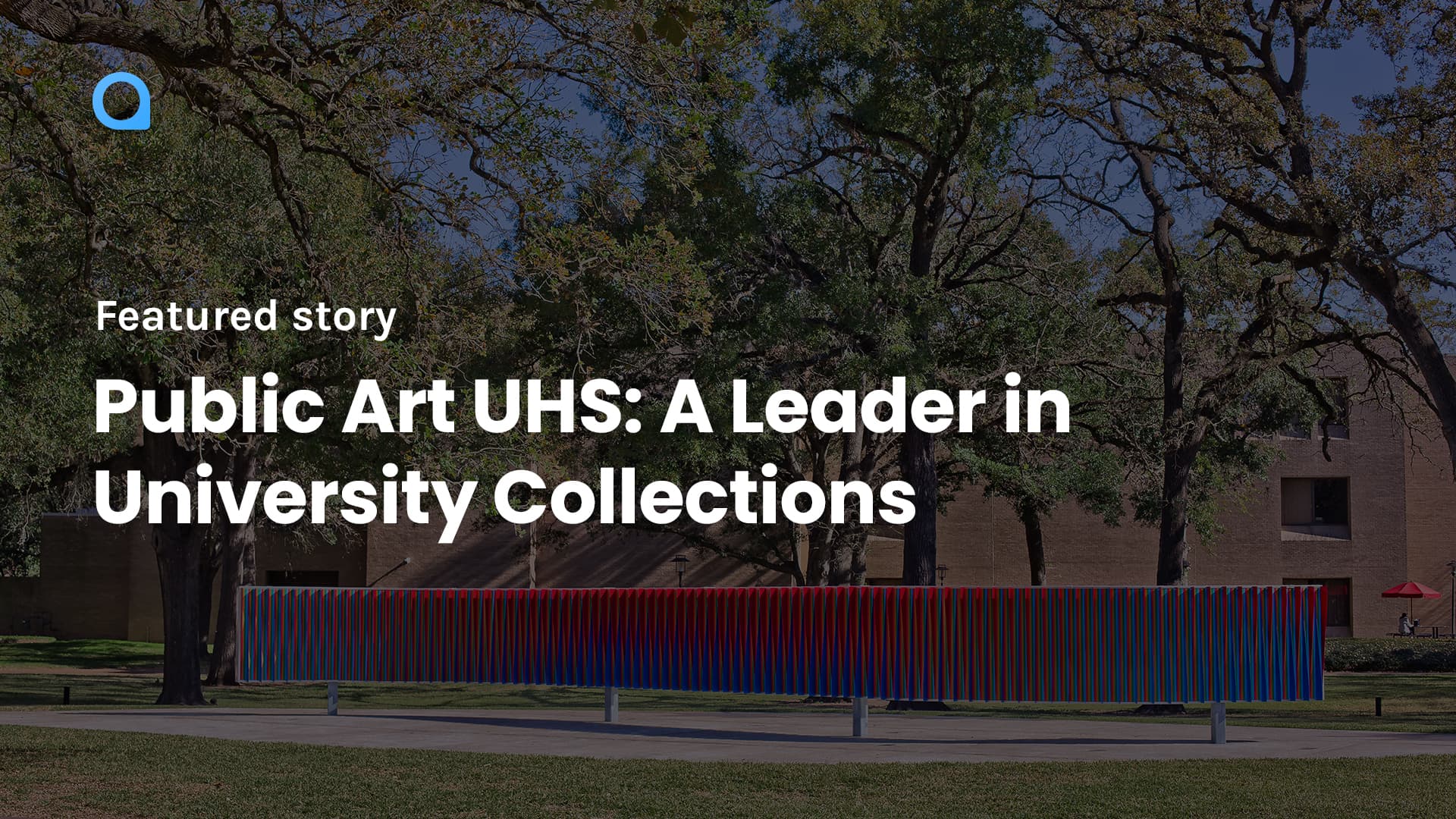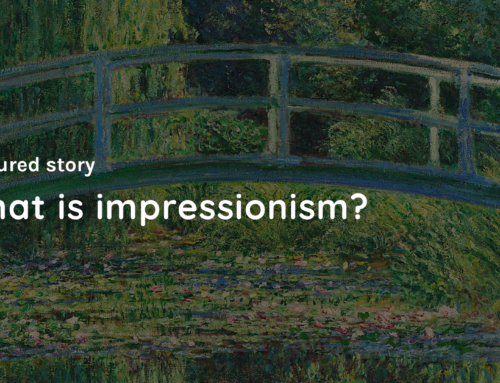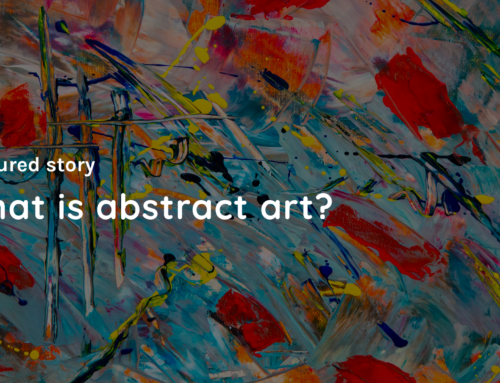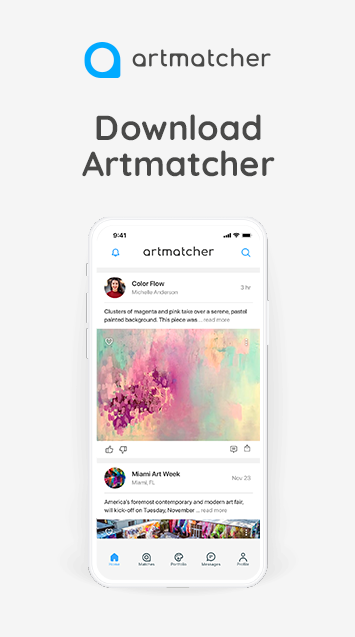The Public Art of the University of Houston System (Public Art UHS) is one of the most significant university-based art collections in the United States. With artists such as Andy Warhol and Roy Lichtenstein, the UHS collection is a must-see when in Texas.
This article will explore why the Public Art UHS is one of the leaders in university collections and why we were super excited to interview the inaugural director and chief curator, María C. Gaztambide, on the Artmatcher podcast.
About the Public Art of the University of Houston System
Public Art of the University of Houston System (Public Art UHS) was founded in 1969. It is the only collecting arts organization within the University of Houston System.
Its mission is to engage academic and global communities in an open forum to promote dialogue about visual arts and its relevance to contemporary life.
Public Art UHS seeks to create a collaborative ecosystem where publicly accessible art, higher education, and diverse communities converge.
The History of Public Art UHS
In 1966, the UH Board of Regents approved a collecting program for the University.
This decision coincided with a rapid expansion of the University, and in 1969 the state of Texas ratified the necessary legal framework which guaranteed the funding of public art from construction projects.
Over the next 50 years, the program grew exponentially, and in 2019 Public Art UHS was designated as a strategic presidential initiative by UH System Chancellor Renu Khator.
As part of the presidential initiative, the focus expanded to become an all-encompassing arts organization. María C. Gaztambide was recruited to help lead this transformation, and with her on board, the SystemSystem now offers temporary exhibitions, robust public programming, research, education, and broad community outreach.
The Collection
The collection is viewable across all five university campuses within the UH SystemSystem. The goal is to enrich the cultural and intellectual character of the University.
Works are found indoors, outdoors, and in diverse mediums, including painting, sculpture, printmaking, mixed media, murals, drawing, and photography.
The collection mirrors the diversity of the 70,000+ students and nearly 10,000 faculty and staff.
It’s truly a collection worth visiting.







